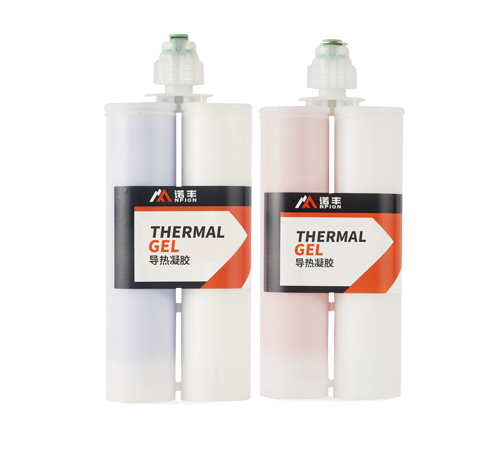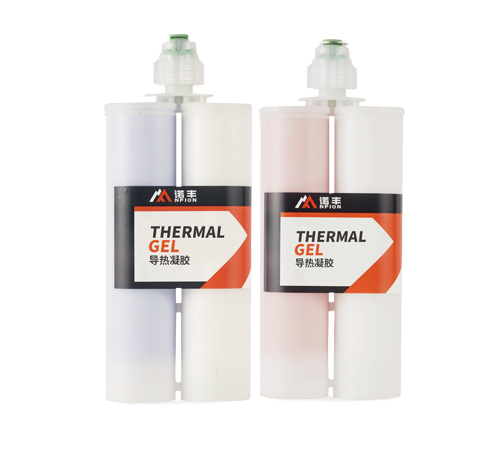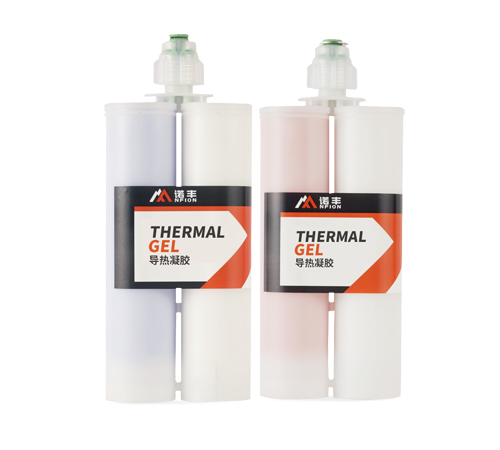Engineers, Read This: How to Pick the Best Thermal Gel by Viscosity and Boost Product Reliability
In today's world of increasingly prevalent high-performance electronic devices, thermal gel stands as a crucial heat management material. Its performance directly impacts device stability and lifespan. The viscosity of thermal gel, a key parameter, often puzzles engineers and technicians: is lower viscosity better, or is higher viscosity better? This article will delve into the impact of thermal gel viscosity on performance and provide precise selection guidance based on real-world application scenarios.
Viscosity: The "Flowability" Code of Thermal Gels
First, let's clarify the concept of viscosity. Simply put, viscosity is a physical quantity that measures a fluid's resistance to flow; it reflects a fluid's ability to resist deformation under external force. For thermal gels, viscosity determines their flowability and operability during application, filling, and curing processes.
So, what are the different effects of high versus low thermal gel viscosity?
Low Viscosity: Strong Flowability, But Challenges Remain
When thermal gel has low viscosity, its primary advantage lies in excellent flowability and wetting properties.
● Easy to Fill Tiny Gaps: Low-viscosity gel can better penetrate extremely small gaps between chips and heat sinks, achieving more comprehensive contact and effectively reducing thermal resistance. This is especially important for highly integrated, miniaturized electronic devices.
● Facilitates Automated Dispensing: On automated production lines, low-viscosity gel is easier to dispense precisely through dispensing equipment, improving production efficiency.
● Better Stress Release Capability: During thermal expansion and contraction, low-viscosity gel can better absorb and dissipate stress, reducing physical damage to components.
However, low viscosity also comes with some challenges:
● Prone to "Flowing" or Overflowing: If the package structure is poorly designed or the dispensing volume is inaccurately controlled, low-cosity gel may flow during use, contaminating surrounding circuits, and even affecting device performance.
● Potential Pumping and Storage Issues: During production and transportation, low-viscosity gel may be more prone to stratification or settling, affecting its uniformity.
● Considerations for Rebound and Thermocompression Reliability: In certain special applications, such as those requiring high thermal pressure or repeated disassembly, excessively low viscosity may prevent the gel from fully rebounding after compression or lead to performance degradation after multiple disassemblies.
High Viscosity: Strong Reliability, But Limited Operability
In contrast to low-viscosity gels, high-viscosity thermal gels typically exhibit better structural stability and compression resistance.
● Excellent Anti-Pump-Out Capability: Under long-term high-temperature operation or repeated thermal cycling, high-viscosity gel is less likely to be "pumped out" from the contact interface, effectively maintaining the stability of heat dissipation performance. This is crucial for high-power, high-reliability devices.
● Better Filler Dispersion: During the manufacturing process, high-viscosity gel is easier to maintain uniform dispersion of thermal fillers, preventing settling and thus ensuring consistent thermal performance.
● Provides Some Structural Support: In some applications, high-viscosity gel can even provide slight structural support.
However, the problems brought by high viscosity cannot be ignored:
● Limited Filling Performance: High-viscosity gel has poor flowability, making it difficult to fully fill tiny gaps, potentially leading to residual air bubbles and increased thermal resistance.
● Increased Dispensing Difficulty: On the production line, dispensing high-viscosity gel requires greater pressure, and dispensing accuracy may be affected, demanding higher requirements for equipment and processes.
● Potentially Generates Greater Stress: During temperature changes, high-viscosity gel has weaker deformation ability, which may generate greater mechanical stress on sensitive components.
Rebound Speed May Be Slower: In some applications, if quick rebound is needed to adapt to interface changes, high-viscosity gel may not perform optimally.
How to Choose: Balancing Performance and Application Scenarios
Overall, there is no absolute good or bad when it comes to thermal gel viscosity; the key is "moderation" and "matching." Choosing the right viscosity requires us to fully consider the following core factors:
1. Application Scenarios and Component Characteristics:
● Chip Power Density: For high-power-density chips, better interface filling and anti-pump-out capabilities are usually required, which may necessitate a balance in viscosity or the selection of thixotropic gels.
● Contact Surface Roughness and Gap: The rougher the surface and the larger the gap, the more a gel with good flowability is needed for full filling.
● Operating Temperature and Cycle Count: Extreme temperatures and frequent thermal cycling place higher demands on gel reliability, potentially favoring higher-viscosity gels with stronger anti-pump-out capabilities.
● Presence of Thermocompression: Some applications apply pressure to thermal materials during assembly, requiring consideration of the gel's deformation and rebound characteristics under pressure.
2. Production Process and Equipment:
● Dispensing Method: Automated dispensing has certain viscosity requirements; both excessively high or low viscosity can affect efficiency and accuracy.
● Curing Conditions: Some gels undergo significant viscosity changes after curing, which needs to be considered in conjunction with curing conditions.
3. Desired Thermal Performance:
● While viscosity does not directly determine thermal conductivity, it affects the gel's contact with the interface and thermal resistance. For example, the presence of air bubbles will significantly increase thermal resistance.
4. Material Characteristics and Formulation:
● Thermal gels typically consist of a base material, thermal fillers, and additives. The shape, size, and content of different fillers, as well as the type of base material, will significantly affect the gel's viscosity and its rheological properties.
● Some gels exhibit thixotropy (Thixotropy), meaning their viscosity decreases under shear force and recovers when static. This makes them easy to apply yet stable after filling, making them a preferred choice for many high-performance applications.
Conclusion: No Best, Only Most Suitable
The selection of thermal gel viscosity is a process of trade-offs. There is no universally "best" viscosity, only the viscosity that is most "suitable" for specific application needs.
When making your selection, we recommend:
● Clarify Your Needs: Analyze your application environment, component characteristics, production process, and specific reliability requirements in detail.
● Refer to Data: Carefully review the technical data sheets (TDS) provided by thermal gel suppliers, paying attention to key parameters such as viscosity, thermal conductivity, density, and operating temperature range.
● Small-Batch Testing: Before formal application, conduct small-batch tests to simulate actual working conditions and evaluate the performance of different viscosity gels.
● Consult Professionals: If you still have questions about material selection, consider consulting professional engineers in the field of thermal materials. They can provide customized advice based on your specific situation.
By thoroughly understanding and comprehensively considering thermal gel viscosity, you will be able to choose the most suitable "thermal management partner" for your electronic devices, thereby ensuring their long-term stable operation and excellent performance.
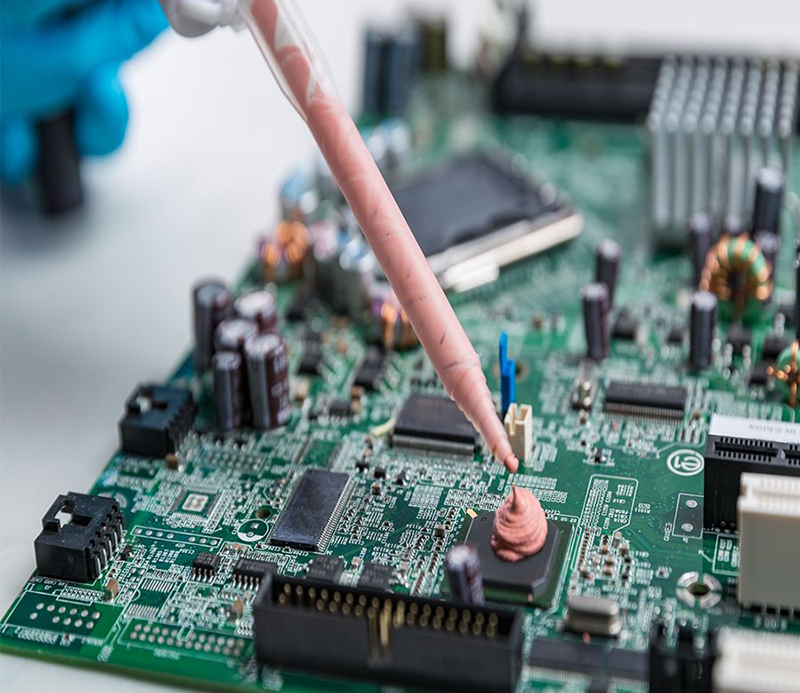
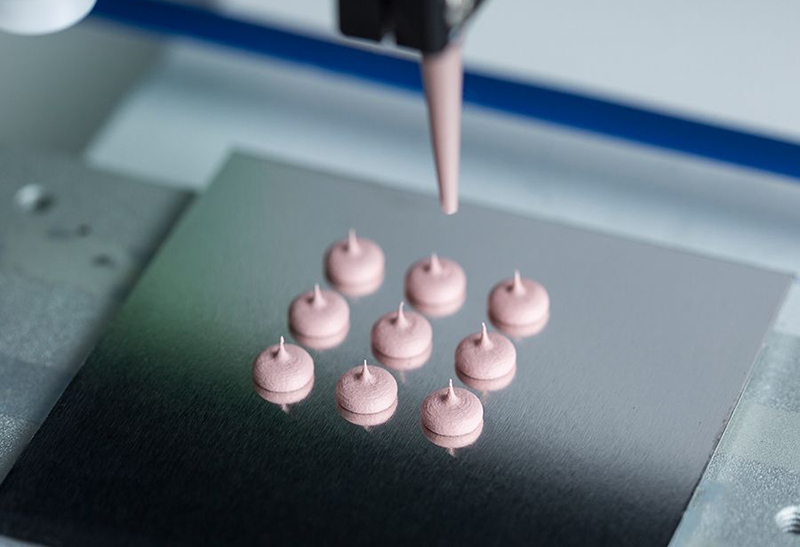
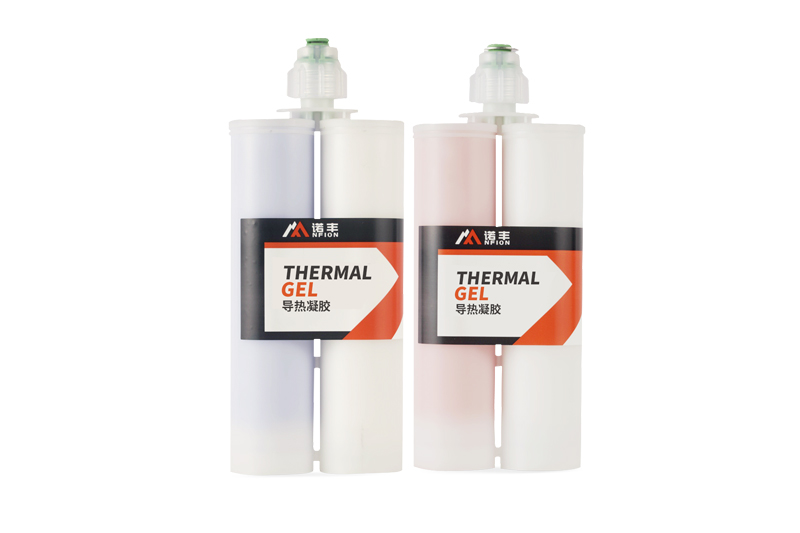
 CN >
CN >
